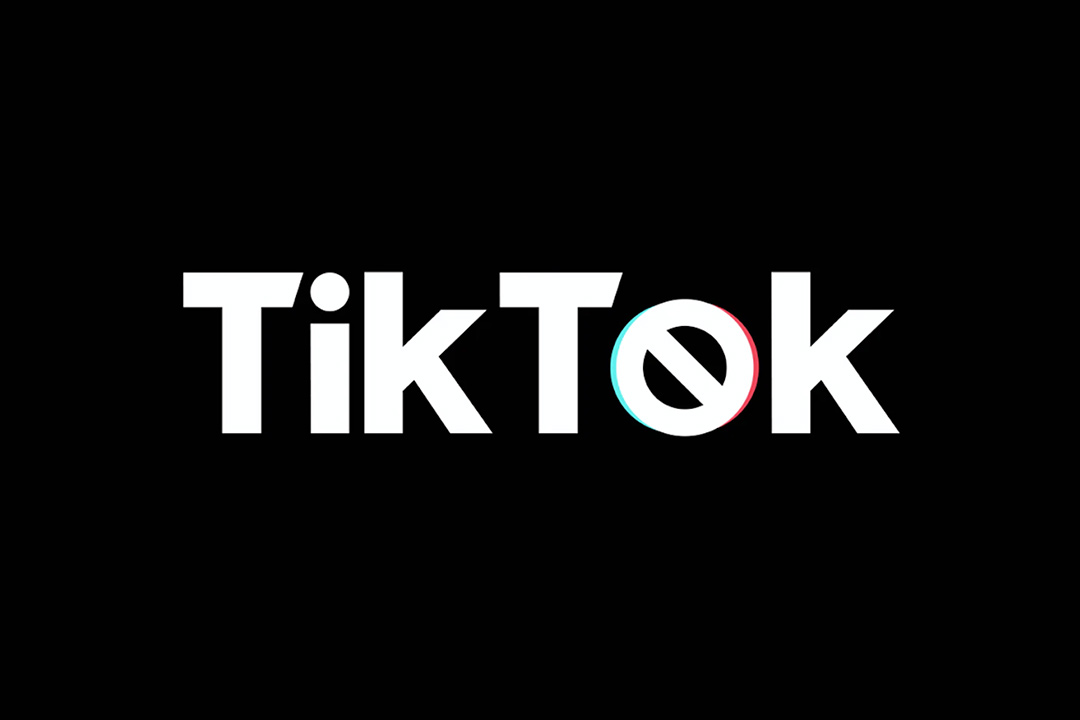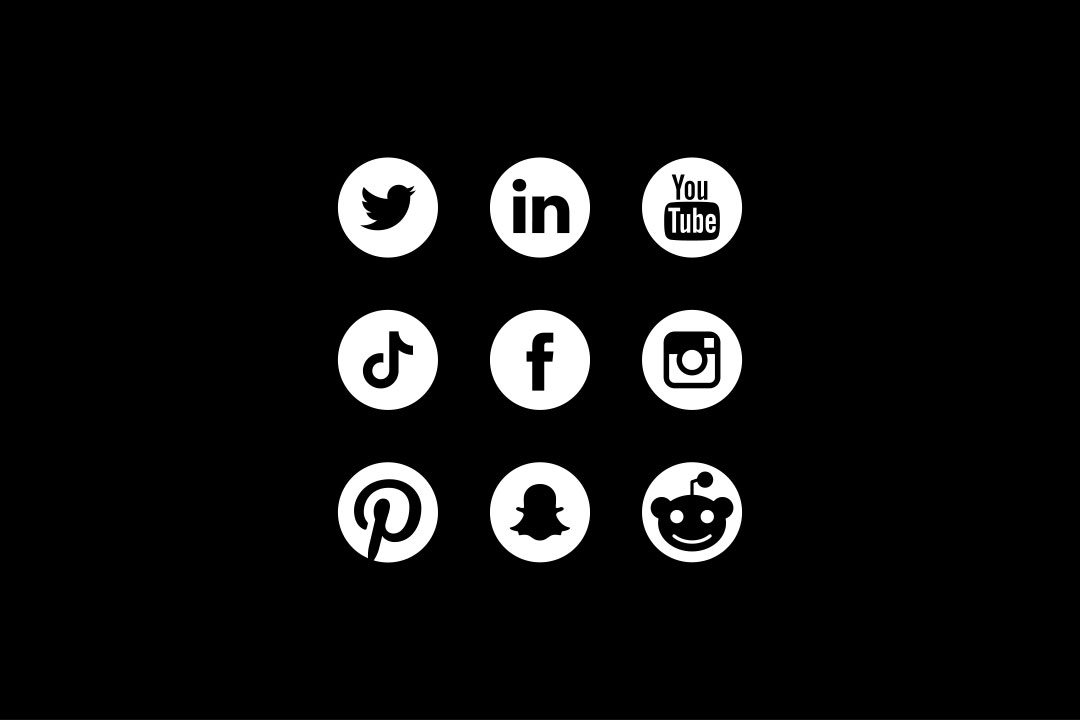For as long as humans have existed, we’ve told stories. We tell stories to humor people, scare people, move people. We tell stories to connect with each other. We tell stories to remember.
Now that everyone’s hunkered down at home with an overstuffed pantry and rising anxiety levels, storytelling is more relevant than ever. Luckily, the human race has had centuries of practice escaping from harsh realities through a good story.
In advertising, storytelling is vital to a brand’s success. According to social media expert, Lauren Moreno, “Research shows that messages delivered as stories are 22 times more memorable than facts.” For a brand to be at the top of customers’ minds, they need to tell their story.
What elements make up a killer brand story, you ask?
Since there are too many for one blog post, and since good things come in threes (stories themselves come in three acts) let’s focus on three key storytelling elements in advertising.
# 1: Make ‘em laugh…or cry…or smile. Whatever you make them feel – make them feel.
What’s your all-time favorite commercial? Is it an insurance ad that made you belly laugh? A beer ad full of nostalgia? I’m willing to bet that it wasn’t stuffed with 30 seconds of facts and offers. Instead, it told a story that made you feel something.
Check out our Polar Bear commercial for the Columbus Zoo. There’s a reason why showcasing the bond between a little girl and her grandpa is more powerful than just listing all the cool aspects of the polar bear exhibit. And the reason sounds like, “Awww!”
People rely on their emotional response to ads to make decisions about brands. So, start with a concept that evokes that response. Aim to create an emotional tie between the brand and customer. Where there’s caring, there’s loyalty.
Long story short, the money is in the emotion.
# 2: Make it universal by making it specific.
This is not an oxymoron. Bear with me.
Facing a blank page is hard. We brainstorm ways to pack as much meaning as we can into that 15 second radio spot or one line on a print ad. We want our words to be remembered, to be quoted back to us.
Universality is crucial to brand storytelling. Advertisements need to resonate with a large population of people to succeed.
Checking the “universal” box often steers content creators and clients into a common pitfall. While it seems sensical that a broader message would appeal to a greater number of people, the opposite proves true.
When given the option between watching two movies based on their taglines, which would you choose
- Option A: A teenager has trouble asking his crush to prom because every time he gets nervous, his face morphs into someone completely different.
- Option B: A teenager asks his crush to prom in a really sweet way.
Even though the latter option seems more relatable, and therefore more universal, it’s not specific enough to invite a sense of intrigue.
The first option is so specific that none of the audience can relate to the character’s situation at all – literally 0% relatability. But that level of specificity has built-in layers begging to be unraveled. Intrigue galore!
This super particular point of entry contains a myriad of themes that feel familiar to us all.
Ever felt like a weirdo? Check. Ever had trouble being yourself? Check. Ever felt like life was out of your control? Check. You get the picture.
This is why we chose a veteran’s perspective in a Cosequin commercial called Hero’s Best Friend. While the veteran’s specific reasons for buying Cosequin may not mirror the reasons of all pet owners, his story encompasses themes that unite us, like bravery and sacrifice.
Specificity yields more universal themes, and more themes yield more emotional ties. And, as we already know, emotion is a good thing.
# 3: The brand drives the story.
Remember the commercial that came out this year featuring aliens from a bunch of different movies? Cool throwbacks! Do you remember which brand they were advertising? Neither do I.
Even though we saw a ton of recognizable characters, the story was not tied into the brand enough for us to recall what they were advertising.
Here’s a simple way to test your idea. If the story can exist on its own without the brand, it is not a strong brand story. The brand has to be the heart of it. It has to be the reason the story exists.
This commercial called “Generation Why” is an example of how we used all three storytelling essentials to make a memorable story for the California Academy of Sciences’ Skin Campaign.
The ad features an inquisitive girl asking her grandfather all kinds of questions about different animals’ skin. Then she wants to know why her skin color is different from his.
First, it evokes emotion – which you know is true because you felt it.
Second, it’s universal. The specific nature of their story inherently includes themes that include us all. While not everyone is part of an interracial family, everyone knows childlike wonderment.
Lastly, the brand is the story. The story exists because the Academy’s Skin exhibit is the place where the girl will satisfy her curiosity.
With our three key storytelling elements, we’ve created motivation for audiences to connect with the brand and remember it.
Want to learn more about incorporating storytelling into your advertising campaign? Reach out to us!





